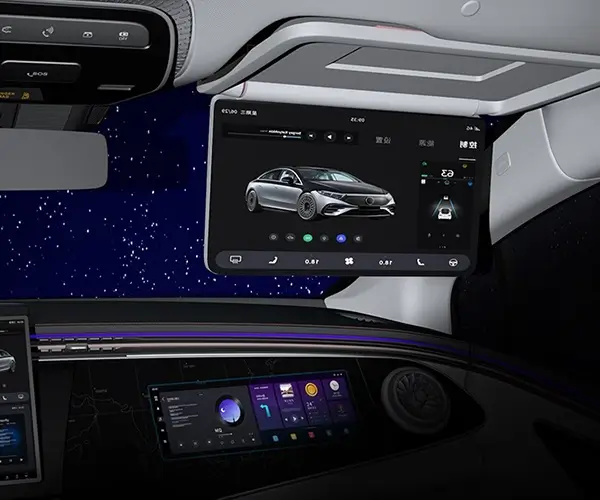Introduction: The Intersection of Wheels and Microcontrollers
Imagine a tiny robot, a drone, or an automated arm—it all begins with controlling a motor. Among the myriad components that make automation possible, a simple but mighty device called a CC (carbon core) motor, or more commonly a DC motor, plays an essential role. Whether it’s spinning wheels, powering fans, or operating small machinery, mastering motor control through Arduino becomes a fundamental skill for electronic enthusiasts and engineers.

Why Arduino? This microcontroller platform acts like a brain—small, accessible, and versatile. Coupled with Tinkercad, a cloud-based 3D design and simulation tool from Autodesk, beginners and experts alike can prototype, test, and learn about motor control without the need for physical components immediately. Tinkercad simulates circuits with great accuracy, making it easier than ever to understand how motors operate and how to manipulate them effectively.
Motors, Voltage, and Current: The Building Blocks
Before jumping into the coding, it’s important to understand the main characteristics of CC motors. These are simple brushed DC motors that convert direct current electrical energy into mechanical motion—it’s the classic spinning motor everyone finds in toys or appliances.
Voltage determines how fast the motor spins—more voltage, faster rotation; less voltage, slower. But controlling speed isn’t just about varying voltage by hand; Arduino offers a programmable way to steer motor speed through Pulse Width Modulation (PWM). PWM involves turning the motor's power on and off rapidly, and adjusting this duty cycle controls the effective voltage and thus the motor's speed.
Current is equally important for understanding motor capability. Excessive current can damage the motor; hence, using driver circuits or modules such as the L298N or the more modern motor drivers is critical in real-world applications. In Tinkercad simulations, these components are included, allowing realistic testing.
Getting Started with Tinkercad Circuits
Tinkercad’s Circuits module lends a friendly environment for beginners wishing to explore motor control. The process involves selecting the right components, wiring the circuit diagram visually, and coding the Arduino to manipulate the motor’s behavior.
In Tinkercad, you can add a breadboard, a DC motor, an Arduino Uno, resistors, switches, and motor driver modules—all integrated physically in the simulation. This virtual setup mirrors a real-life prototyping workspace, where you can experiment freely, swap parts, and observe how changes impact outcomes.
Basic Circuit Setup: Speed Control
The simplest project involves controlling a DC motor’s speed using PWM signals from an Arduino. Here’s a step-by-step overview:
Connect the Motor to a Motor Driver Module: In Tinkercad, select an L298N or an H-bridge motor driver. Connect the motor terminals to the output pins of this driver.
Supplies and Power: Power the motor driver with an appropriate voltage source—commonly 5V to 12V depending on the motor’s specifications. Connect the Arduino's 5V and GND to the breadboard rails, ensuring common ground with the motor driver.
Arduino Pins Connection: Connect one of Arduino’s PWM-capable pins (e.g., Pin 9) to the logic input of the motor driver. Include a current-limiting resistor if necessary (though most motor drivers handle protection).
Programming the Arduino: Using the Arduino IDE within Tinkercad, write a simple program that varies PWM duty cycle over time to change the motor's speed smoothly.
Sample Code Snippet:
int motorPin = 9; void setup() { pinMode(motorPin, OUTPUT); } void loop() { for(int speed = 0; speed <= 255; speed++) { analogWrite(motorPin, speed); delay(20); } for(int speed = 255; speed >= 0; speed--) { analogWrite(motorPin, speed); delay(20); } }
This code gradually accelerates and decelerates the motor, demonstrating how PWM works in real-world applications.
Simulating and Troubleshooting
In Tinkercad, after coding, you can run the simulation and visually observe the motor's RPM or direction change based on your code. If something isn’t working, check your wiring, ensure the correct pins are used, and make sure the motor driver’s power connections are set up properly.
Introduction to Sensors and Automation
Once comfortable with basic PWM control, the realm of automation opens. Incorporating sensors like potentiometers, limit switches, or infrared sensors can create interactive systems. For example, turning a potentiometer’s reading into PWM duty cycles introduces a level of feedback and control.
In Tinkercad, connecting a potentiometer to an analog input of Arduino, then reading its value with analogRead(), allows dynamic adjustment of motor speed, facilitating experiments with real-world control systems. This intertwining of hardware and software is where creativity flourishes, transitioning from simple spinning motors to complex robotics.
Leveraging innovations in modular drive technology, Kpower integrates high-performance motors, precision reducers, and multi-protocol control systems to provide efficient and customized smart drive system solutions.




































